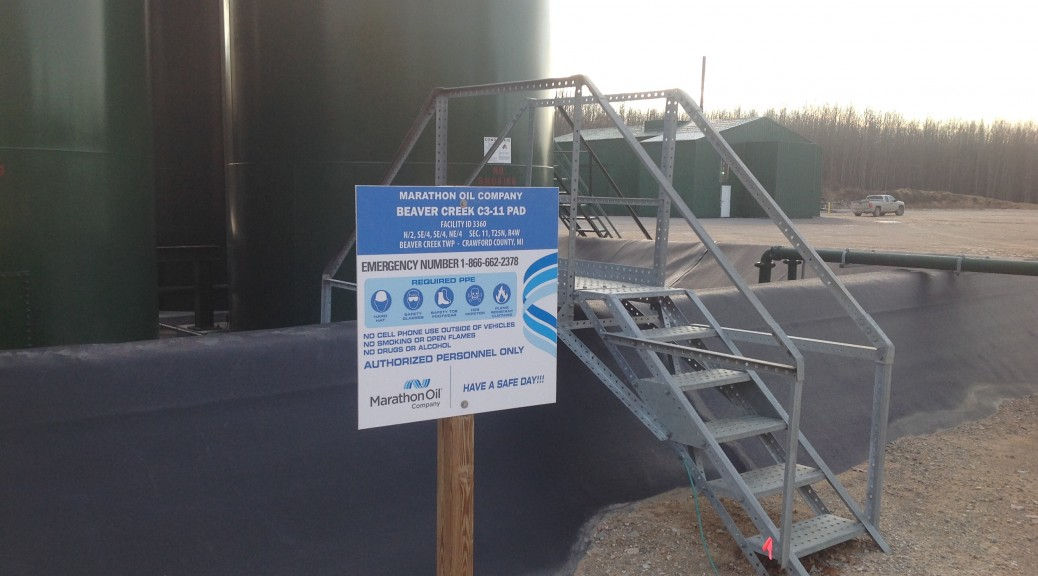Tag: hydrocarbons
-

Michigan Petroleum Production 101
Understanding Michigan Petroleum Production can be tricky at first. This article is a primer about the basics of petroleum production and discusses history, units of measure, and pricing. We are about to start publishing Michigan production info on a regular basis and this article will help you get the most out of how and why…
-

Michigan Petroleum Geology 101
Marathon Oil, a Houston Texas company, has recently purchased Encana’s (Calgary, Canada) leased acreage and producing wells in the Michigan Basin. Encana was given millions of gallons of Michigan freshwater to test the Collingwood shale and was permitted to use millions of gallons more. Their results, however, have not been economically viable for a for-profit…
-

Michigan Oil & Gas Exploration – A Look From 2014
Welcome to our first article published in a long time using the famous Wordpress application. We’re excited to add this powerful 3rd party publishing software to our website. We look forward to writing about high volume hydraulic fracturing and oil & gas exploration in the Michigan Basin. We are always trying to learn more about…